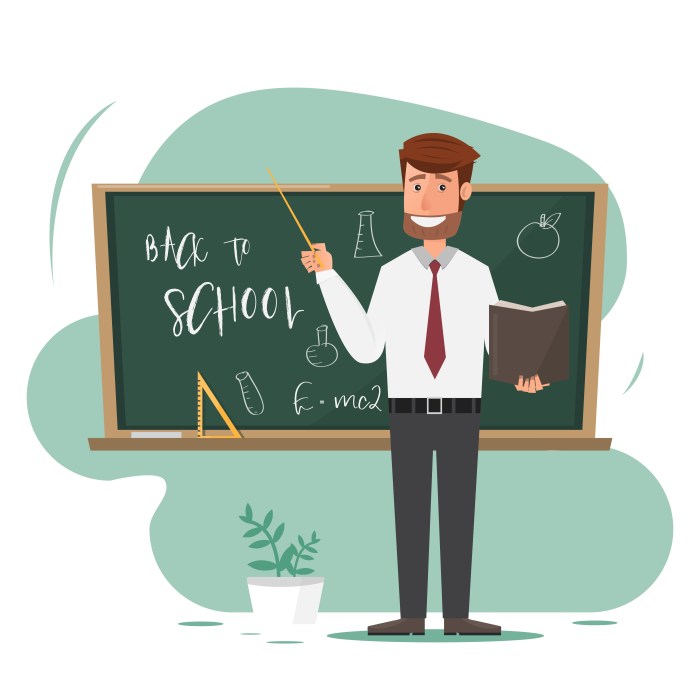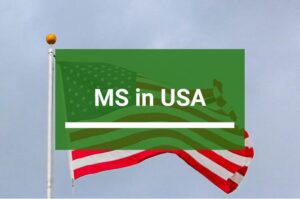- Incorporate Interactivity: Allow learners to interact with the animation, enhancing engagement and reinforcing concepts.
- Provide Contextual Information: Ensure animations are embedded within a meaningful context, providing relevant information and connecting to the learning objectives.
- Avoid Excessive Clutter: Maintain a balance between visual appeal and educational value, avoiding overwhelming learners with unnecessary details.
Integrating Animation into Lesson Plans

To effectively incorporate animation into lesson plans, it’s crucial to align the animation with the learning objectives and content being taught. Consider the following steps:
- Identify Learning Objectives: Determine the specific knowledge, skills, or concepts students should acquire through the lesson.
- Select Appropriate Animation: Choose animation that aligns with the learning objectives and is age-appropriate and engaging for the students.
- Plan Animation Integration: Decide how the animation will be used within the lesson, whether as an introduction, a demonstration, or a review.
- Create or Source Animation: If necessary, create or find pre-made animations that meet the learning objectives and are suitable for the grade level.
- Prepare Supporting Materials: Develop activities, worksheets, or discussion questions to accompany the animation and reinforce the concepts taught.
Choosing Animation for Different Subject Areas and Grade Levels
The type of animation used should align with the subject area and grade level:
- Science: Animations can illustrate complex scientific concepts, such as cell division or the water cycle.
- Math: Animations can demonstrate mathematical concepts, such as geometry or algebra.
- History: Animations can bring historical events to life and make them more engaging for students.
- Language Arts: Animations can support reading comprehension, storytelling, and vocabulary development.
Examples of Successful Lesson Plans Utilizing Animation
- Science: A lesson on the solar system uses an animation to show the planets orbiting the sun, explaining their relative distances and sizes.
- Math: A lesson on fractions uses an animation to demonstrate how to divide a pizza into equal parts.
- History: A lesson on the American Revolution uses an animation to recreate the Battle of Saratoga.
- Language Arts: A lesson on character development uses an animation to show how a character changes over the course of a story.
Future Trends in Educational Animation

The use of animation in teaching is constantly evolving, and new technologies are emerging that have the potential to further revolutionize the educational experience.





